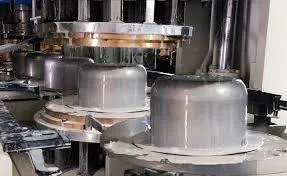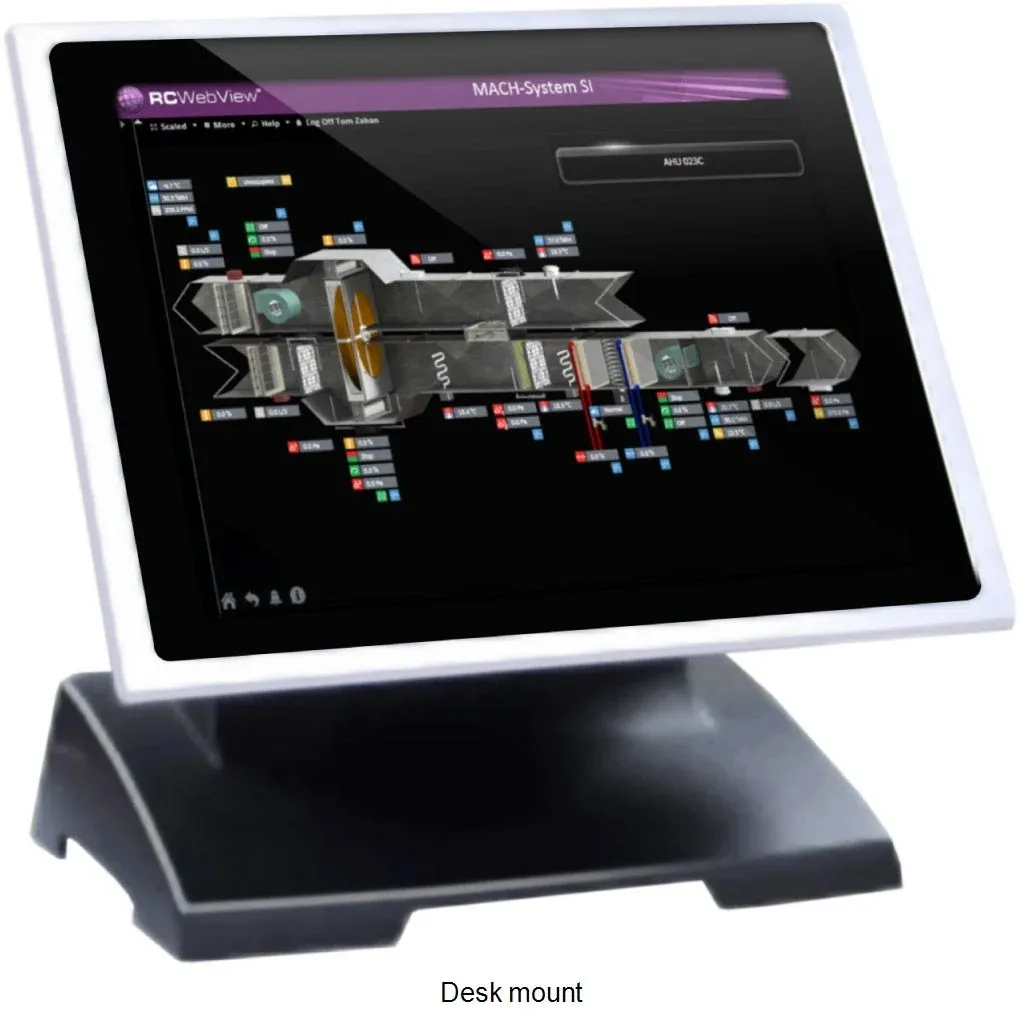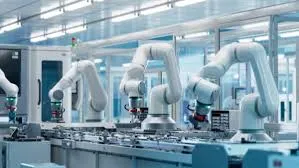Deep Draw Press Manufacturers | A Comprehensive Guide
Deep draw press manufacturing is a specialized field within the metal forming industry, focused on producing machines capable of transforming flat sheet metal into complex, three-dimensional shapes through a process known as deep drawing. This guide explores the critical aspects of these manufacturers, their technologies, and what to consider when selecting a partner for your metal forming needs.
Understanding the Deep Drawing Process
Deep drawing is a sheet metal forming process where a metal blank is radially drawn into a forming die by the mechanical action of a punch. It is a complex process that involves multiple forces and variables to achieve the desired shape without wrinkles, tears, or excessive thinning. The presses used for this are not standard stamping presses; they are engineered with specific capabilities for controlling force, speed, and material flow with extreme precision.

Key Technologies and Innovations from Leading Manufacturers
Modern deep draw press manufacturers incorporate advanced technologies to enhance precision, efficiency, and safety. These innovations are what set industry leaders apart.
1. Servo-Electric Drive Systems
Replacing traditional hydraulic systems, servo-electric drives offer unparalleled control over the ram motion. Manufacturers can program precise speed and position profiles for the punch, optimizing material flow for different alloys and thicknesses, resulting in higher quality parts and reduced scrap rates.
2. CNC and Automation Integration
Computer Numerical Control (CNC) is now standard, allowing for the storage of complex forming programs. Leading manufacturers integrate robotics for automated part loading and unloading, creating fully automated production cells that operate 24/7 with minimal human intervention.
3. Real-Time Monitoring and IoT
The Industrial Internet of Things (IIoT) has made its way into press manufacturing. Sensors monitor critical parameters like tonnage, temperature, and alignment in real-time. This data is used for predictive maintenance, preventing unexpected downtime, and ensuring consistent part quality through statistical process control.

Criteria for Selecting a Deep Draw Press Manufacturer
Choosing the right manufacturer is a strategic decision. The following table outlines the primary factors to consider:
| Factor | Description | Importance |
|---|---|---|
| Technical Expertise & Experience | The manufacturer's history and depth of knowledge in designing for specific industries (e.g., automotive, aerospace). | High |
| Press Specifications | Capacity (tonnage), bed size, stroke length, speed, and control system capabilities. | High |
| Customization Ability | Willingness and ability to customize the press for unique applications or integrate with existing automation. | Medium-High |
| Quality & Reliability | Build quality of components (e.g., frames, gears), adherence to international standards, and machine longevity. | High |
| After-Sales Support | Availability of technical support, spare parts, service engineers, and training programs. | High |
Global Landscape of Manufacturers
The market for deep draw presses is global, with clusters of expertise in different regions. German and Japanese manufacturers are often renowned for their high-precision, heavy-duty machines for the automotive industry. American manufacturers are known for robust and innovative presses, often serving the aerospace and defense sectors. In recent years, manufacturers from other regions have emerged, offering competitive options that balance performance with cost-effectiveness.
The Future of Deep Draw Press Manufacturing
The future is focused on smarter, more connected, and more sustainable manufacturing. We can expect to see further advancements in AI-driven process optimization, where the press self-adjusts parameters to compensate for material variability. Energy efficiency will also be a major driver, with new systems designed to recapture and reuse energy during the press's operation. Furthermore, additive manufacturing (3D printing) may be used to create complex, conformal cooling channels within dies, improving cycle times and part quality.


